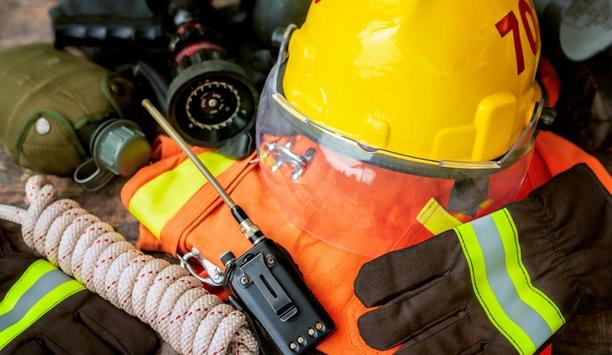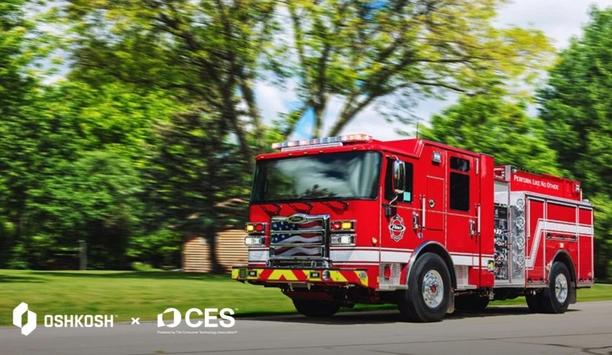When it comes to vehicle fire protection, there is only one chance to put out a fire. At the very least, cutting corners can lead to putting machines at risk and, in the worst cases, operators’ lives. It’s not about having a fire suppression system. It’s about having the right system for the machine and the environment in which it operates.
vehicle fire suppression failure
Under-specified and incorrect fire suppression systems are considered to be the primary cause of vehicle fire suppression failure. Unfortunately, not all systems on the market are fit for purpose and not all suppliers carry out the necessary fire hazard analysis to specify the right system.
In an effort to save on costs and sell their product, some suppliers will sell a system that does not cover all the risk areas on the vehicle or does not provide the right type and quantity of extinguishing agents or the required number of nozzles.
Case of under-specification suppression system failure
A single wet agent system on larger, fuel laden machines is a common example of system under-specification
A single wet agent system on larger, fuel laden machines is a common example of system under-specification. This was the case on an O&K Terex RH170 shovel operating at a mining site in Tanzania, where a fire destroyed the machine leading to a 6-month lead time for a new machine to be delivered from Australia.
A fully automated twin agent system combining wet and dry extinguishing agents would had, most likely, suppressed the fire and saved the machine. A wet agent is best at cooling super-heated components. However, its coverage is limited compared to a dry agent, which provides excellent fire knock-down and coverage. The combined performance of the two extinguishing agents plus the correct number and positioning of nozzles to cover all hazard areas provides the right protection for the O&K Terex RH170.
Third party certifications for fire protection products
Third party certification schemes for fire protection products, such as Factory Mutual (FM) or Australian Standard, are an effective means of providing the fullest possible assurances, offering a level of quality, reliability and safety that non-certificated products may lack.
The in-depth tests involved cover the system’s effectiveness in extinguishing types of fires known to occur on mobile plant, and through simulation will ensure the system can withstand prolonged shock and vibration over its life span. Systems that are approved and are correctly specified, installed and maintained provide the certainty of performance in all conditions.















